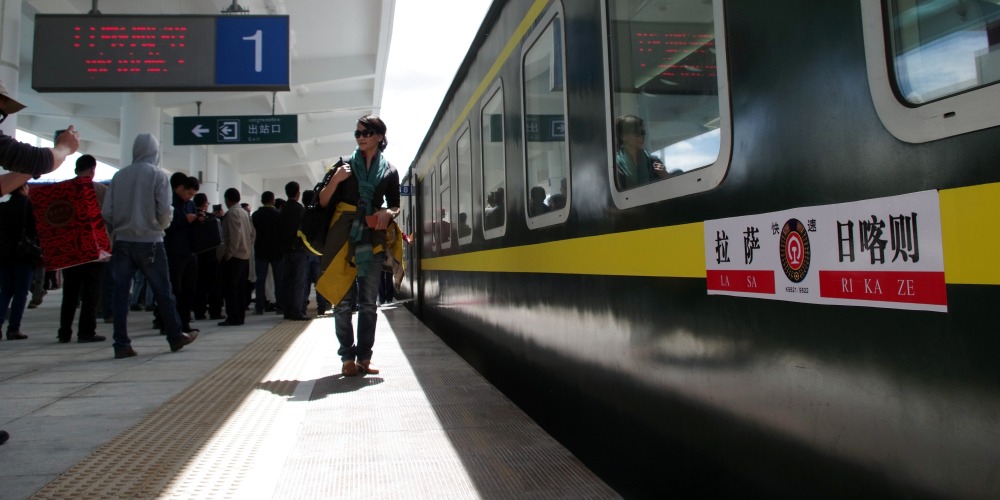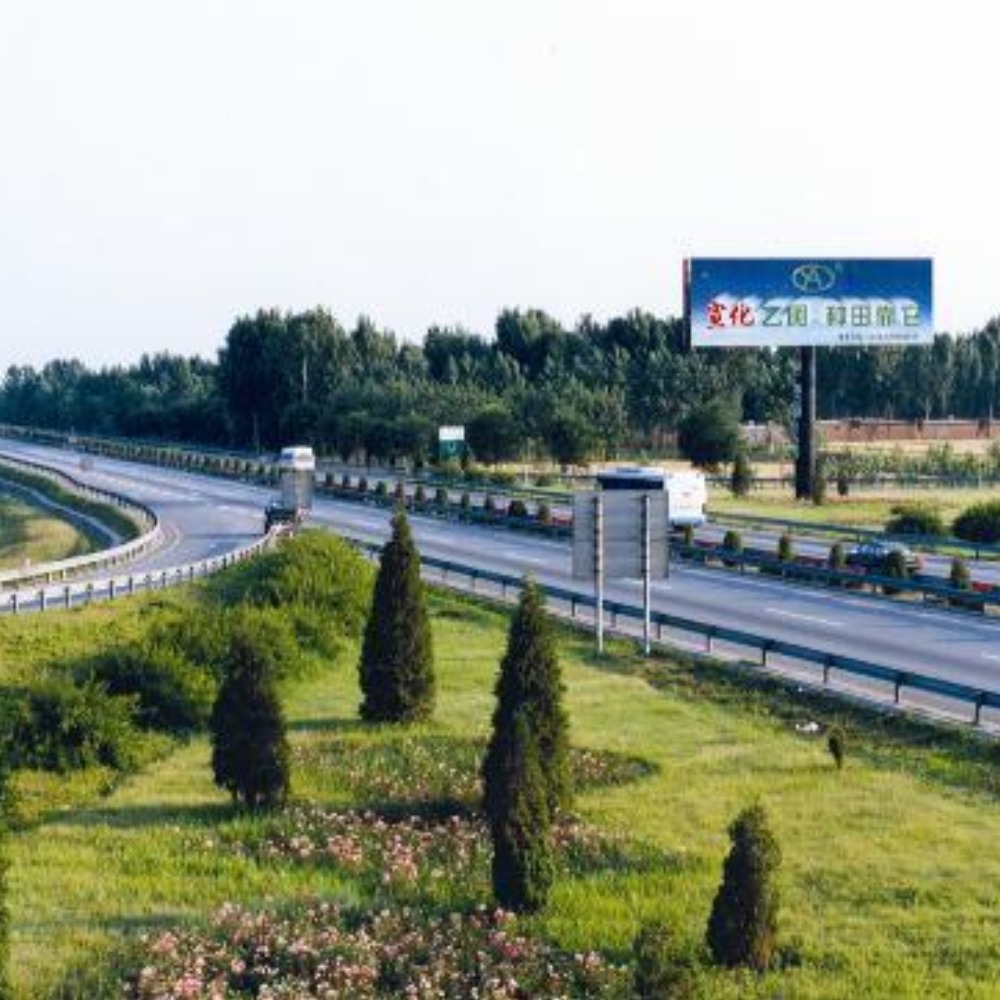Published : 2024-08-15
On August 15, 2014, China's railway from Lhasa (拉薩) to Shigatse (日喀則) in Xizang (previously know as "Tibet") officially began operations.
The construction of Lhasa-Shigatse Railway (拉日鐵路) lasted over three years and is an extension of the Qinghai-Xizang Railway (青藏鐵路), the highest railway in the world.
It is located in the south-west part of the Qinghai-Xizang Plateau within the Xizang Autonomous Region, with elevations between 3,600 and 4,000 metres.
The construction of the Lhasa-Shigatse Railway officially began on September 26, 2010, with a total length of 253 kilometres and an investment of 13.2 billion CNY.
It starts from the end of the Qinghai-Xizang Railway, Lhasa station, and continues downstream along the Lhasa river, bypassing Duilong Deqing County and Qushui County.
Then it turns westward up the Yarlung Zangbo River (雅魯藏布江), crossing through the 90-kilometre Yarlung Zangbo River gorge, passing Xionglong, Qushui, Nimu, and Renbu, and finally reaching Shigatse, a significant town in southwest Xizang.
The Lhasa-Shigatse Railway is designed to meet the standards of a national level Ⅰ railway, with reserved conditions for electrification. During operation, the train's speed is not less than 120 kilometres per hour, with an annual freight capacity of over 8.3 million tonnes.
The railway connects with the Qinghai-Xizang Railway and the Lhasa to Nyingchi Railway in the east, and the Nielamu Yadong Port line in the west. It is an essential line in the Xizang railway network that connects the east to the west.
The operation of the Lhasa-Shigatse Railway enriches the Xizang railway network structure, changing the Southwest Xizang region's situation of solely relying on road transportation.
It plays a vital role in promoting Xizang's economic and social development, encouraging national resources development, improving the travel conditions of people along the route, and enhancing ethnic unity.































